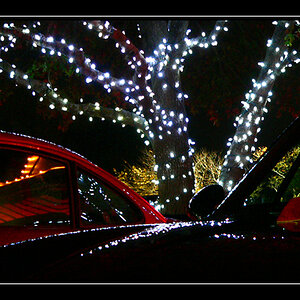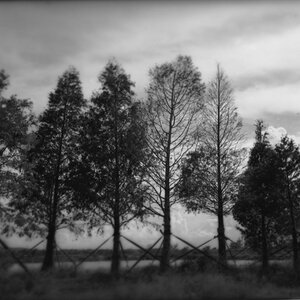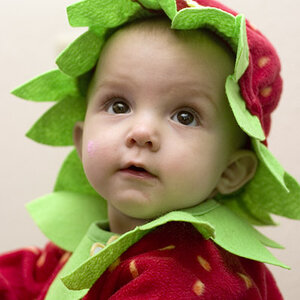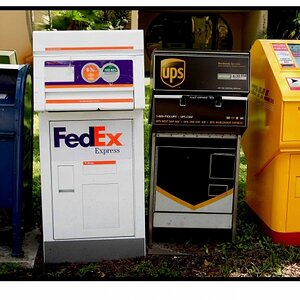Hi
So, not to belabor my introduction again, but I am in the process of transitioning from amateur to professional in my work so as to start my own studio. My work has mostly been on amateur and prosumer level cameras, which has been fine as it's forced me to really consider my subjects and get a grip on the basics of composition, depth of field, shutter speeds, ISO's, etc. Besides being overwhelmed by the staggering options available as far as professional cameras under $1500 go, I am also overwhelmed by options as far as lenses go. So here are my queries:
1. Digital cameras: DSLR vs. Mirrorless vs. Compact. I have a compact, and I like it, but I've already exhausted the technical limitations of it. It's basically a high end point and shoot for enthusiasts, but there's no hot shoe, and no way to change lenses. The zoom is limited...I could go on. When it comes to mirrorless cameras that are professional grade, what are good suggestions? And as DSLRs go, I've heard a staggering amount of good things about Canon's Rebel line. Advice?
2. This pertains to the subject line: I have an interest in photographing animals, both in the wild, and domesticated, but in many cases, I can't get close enough to an animal to really isolate my subject from the background without the animal smudging my lens, looking away from me, or just being difficult. When I'm at a distance, though, and I zoom in, my image becomes flat. What kind of equipment or shootings techniques allow wildlife photographers, and anyone who wants to shoot their subject at a distance, to get their subject really isolated from the background? People have suggested telephoto lenses, but others have said that telephoto lenses will only flatten my image (essentially the opposite of what I want).
Sorry if this post is long winded! I appreciate any and all suggestions and advice! .
So, not to belabor my introduction again, but I am in the process of transitioning from amateur to professional in my work so as to start my own studio. My work has mostly been on amateur and prosumer level cameras, which has been fine as it's forced me to really consider my subjects and get a grip on the basics of composition, depth of field, shutter speeds, ISO's, etc. Besides being overwhelmed by the staggering options available as far as professional cameras under $1500 go, I am also overwhelmed by options as far as lenses go. So here are my queries:
1. Digital cameras: DSLR vs. Mirrorless vs. Compact. I have a compact, and I like it, but I've already exhausted the technical limitations of it. It's basically a high end point and shoot for enthusiasts, but there's no hot shoe, and no way to change lenses. The zoom is limited...I could go on. When it comes to mirrorless cameras that are professional grade, what are good suggestions? And as DSLRs go, I've heard a staggering amount of good things about Canon's Rebel line. Advice?
2. This pertains to the subject line: I have an interest in photographing animals, both in the wild, and domesticated, but in many cases, I can't get close enough to an animal to really isolate my subject from the background without the animal smudging my lens, looking away from me, or just being difficult. When I'm at a distance, though, and I zoom in, my image becomes flat. What kind of equipment or shootings techniques allow wildlife photographers, and anyone who wants to shoot their subject at a distance, to get their subject really isolated from the background? People have suggested telephoto lenses, but others have said that telephoto lenses will only flatten my image (essentially the opposite of what I want).
Sorry if this post is long winded! I appreciate any and all suggestions and advice! .


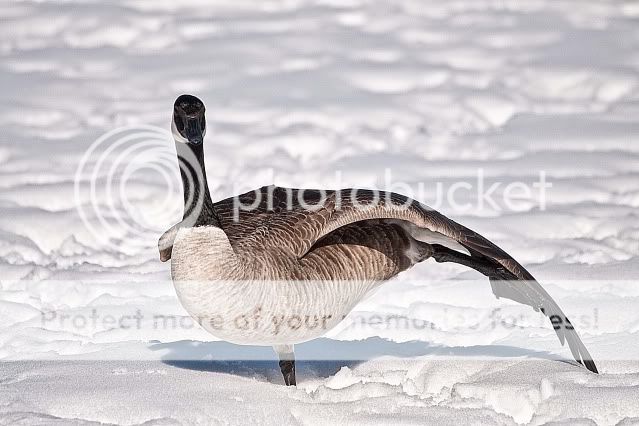
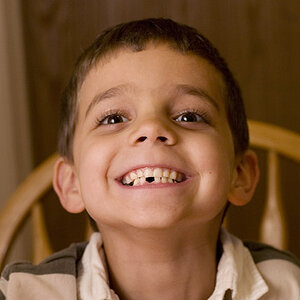
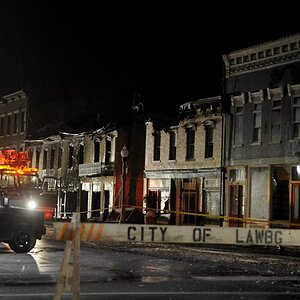
![[No title]](/data/xfmg/thumbnail/38/38739-1ad36a46750bafbe805f009b4453e8be.jpg?1619738703)

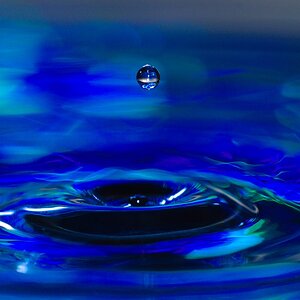
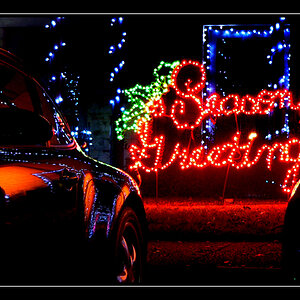
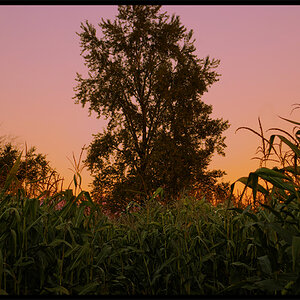
![[No title]](/data/xfmg/thumbnail/38/38738-7933157d1b8968c986eeeab2d1828524.jpg?1619738703)
